Community articles — Posters
Showcase your work at conferences, class presentations, or university open days with these eye-catching LaTeX poster templates. Switch between landscape or portrait, A0, A1, A2, A3, and A4 size posters.
Recent
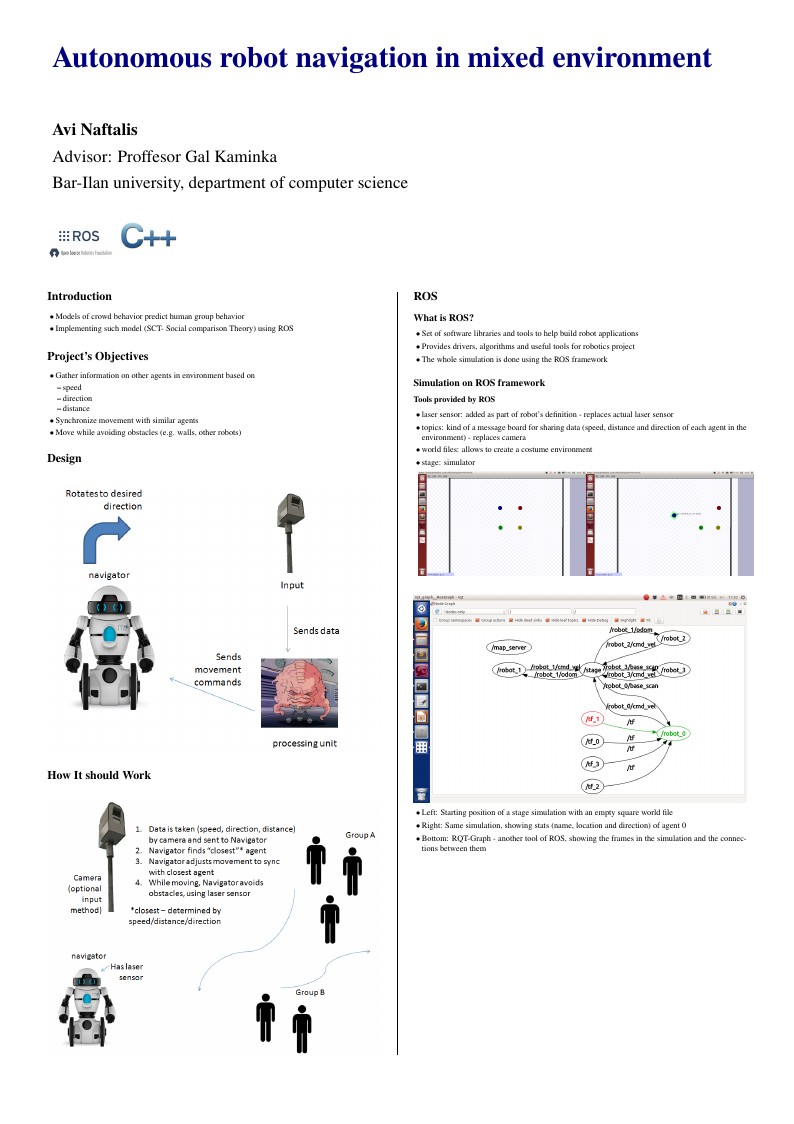
Created from portrait poster template
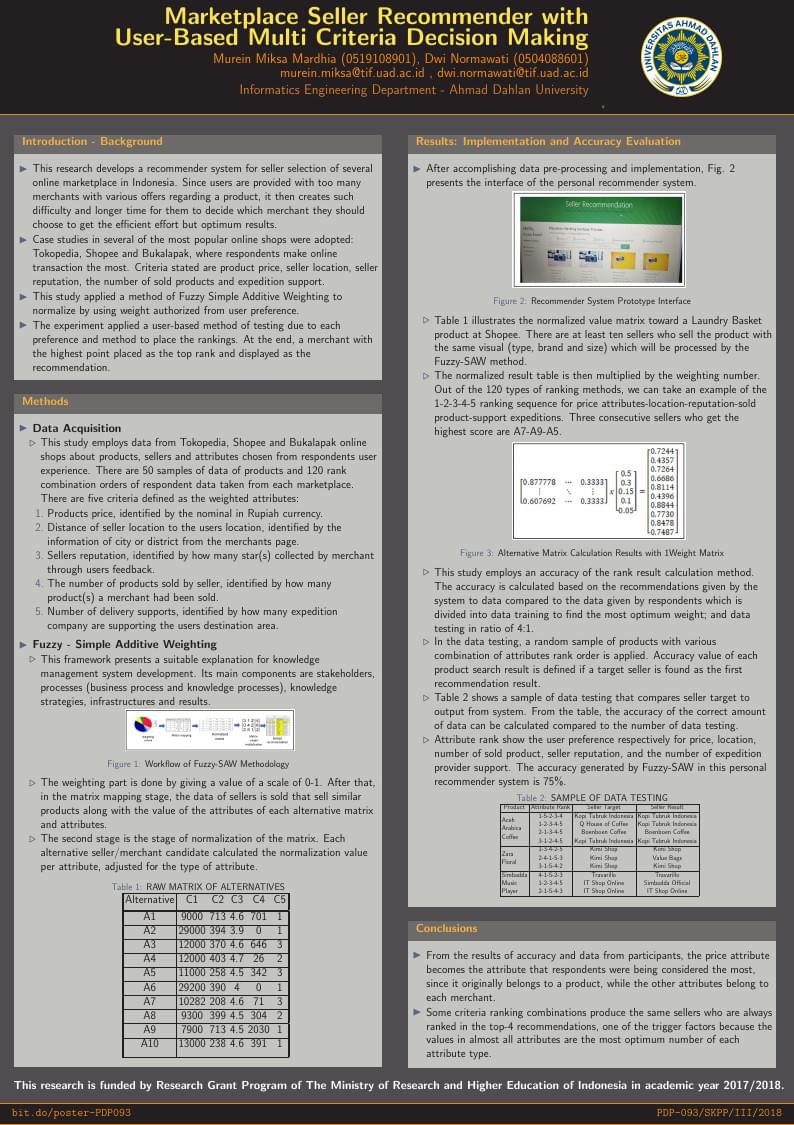
Poster based on Dreuw & Deselaer's Poster LaTeX Template (http://www-i6.informatik.rwth-aachen.de/~dreuw/latexbeamerposter.php) and downloaded from http://www.LaTeXTemplates.com.
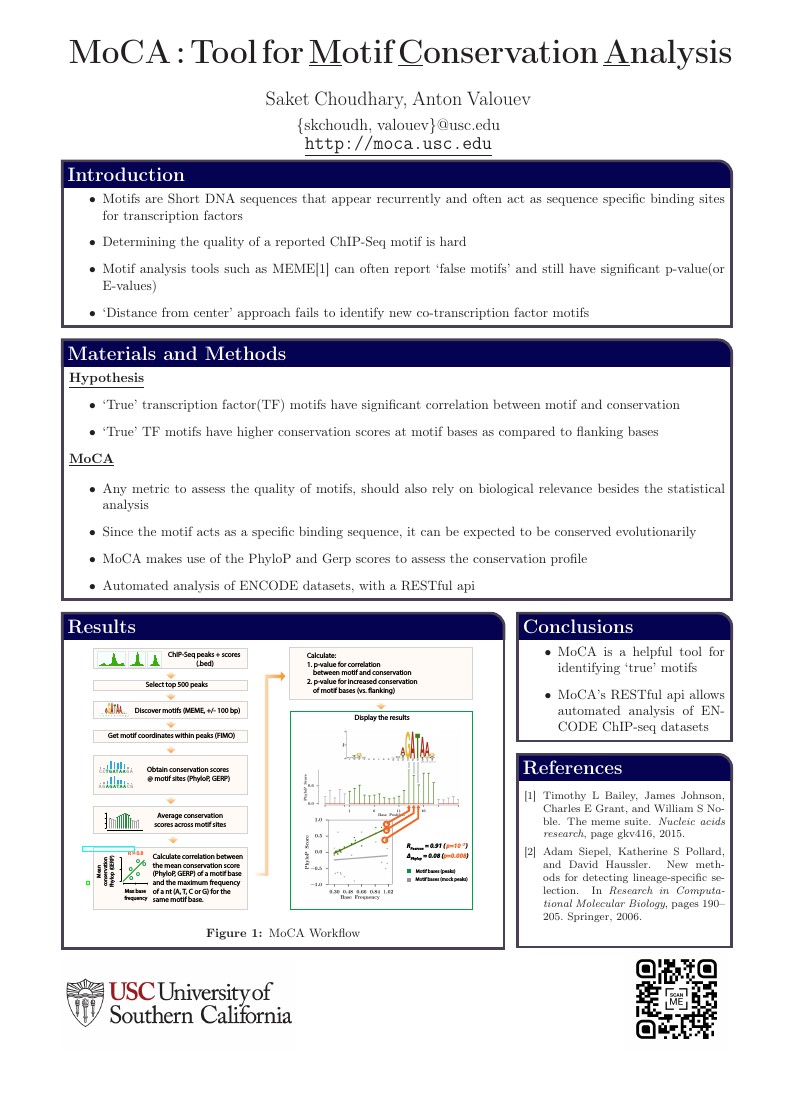
Created using the baposter Portrait Poster LaTeX Template Version 1.0 (15/5/13) originally created by Brian Amberg (baposter@brian-amberg.de), downloaded from http://www.LaTeXTemplates.com.
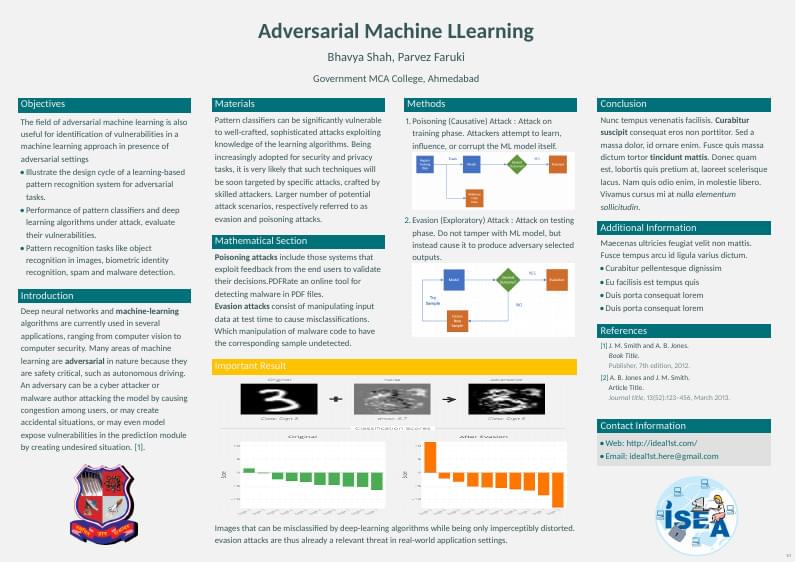
About Adversarial Machine Learning
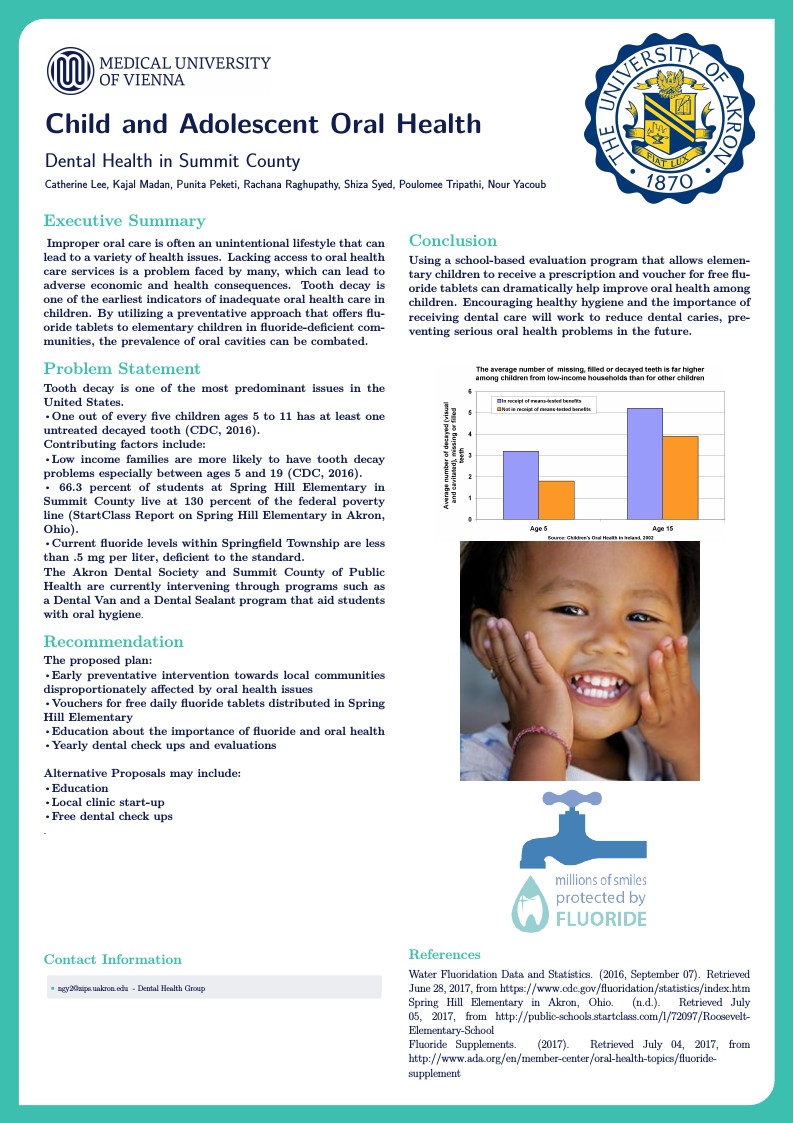
Improper oral care is often an unintentional lifestyle that can lead to a variety of health issues. Lacking access to oral health care services is a problem faced by many, which can lead to adverse economic and health consequences. Tooth decay is one of the earliest indicators of inadequate oral health care in children. By utilizing a preventative approach that o ers u- oride tablets to elementary children in uoride-de cient com- munities, the prevalence of oral cavities can be combated.
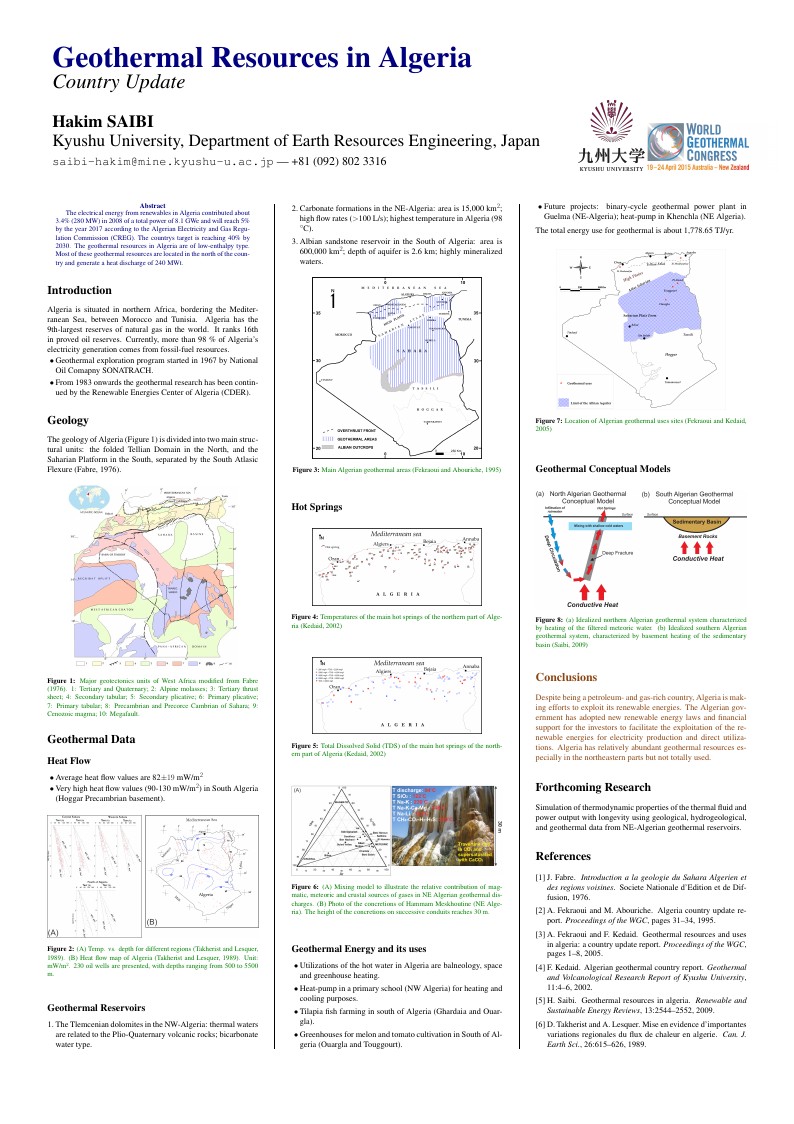
The electrical energy from renewables in Algeria contributed about 3.4\% (280 MW) in 2008 of a total power of 8.1 GWe and will reach 5\% by the year 2017 according to the Algerian Electricity and Gas Regulation Commission (CREG). The country’s target is reaching 40\% by 2030. The geothermal resources in Algeria are of low-enthalpy type. Most of these geothermal resources are located in the north of the country and generate a heat discharge of 240 MWt.
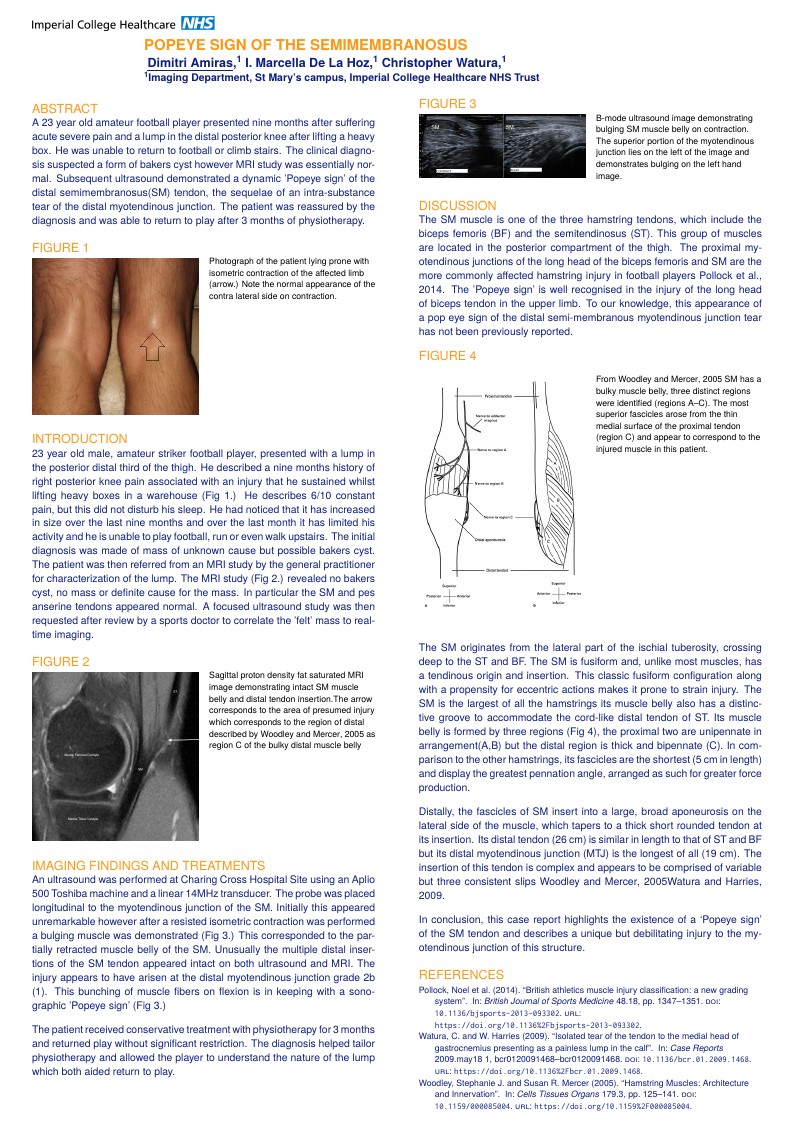
Case report poster
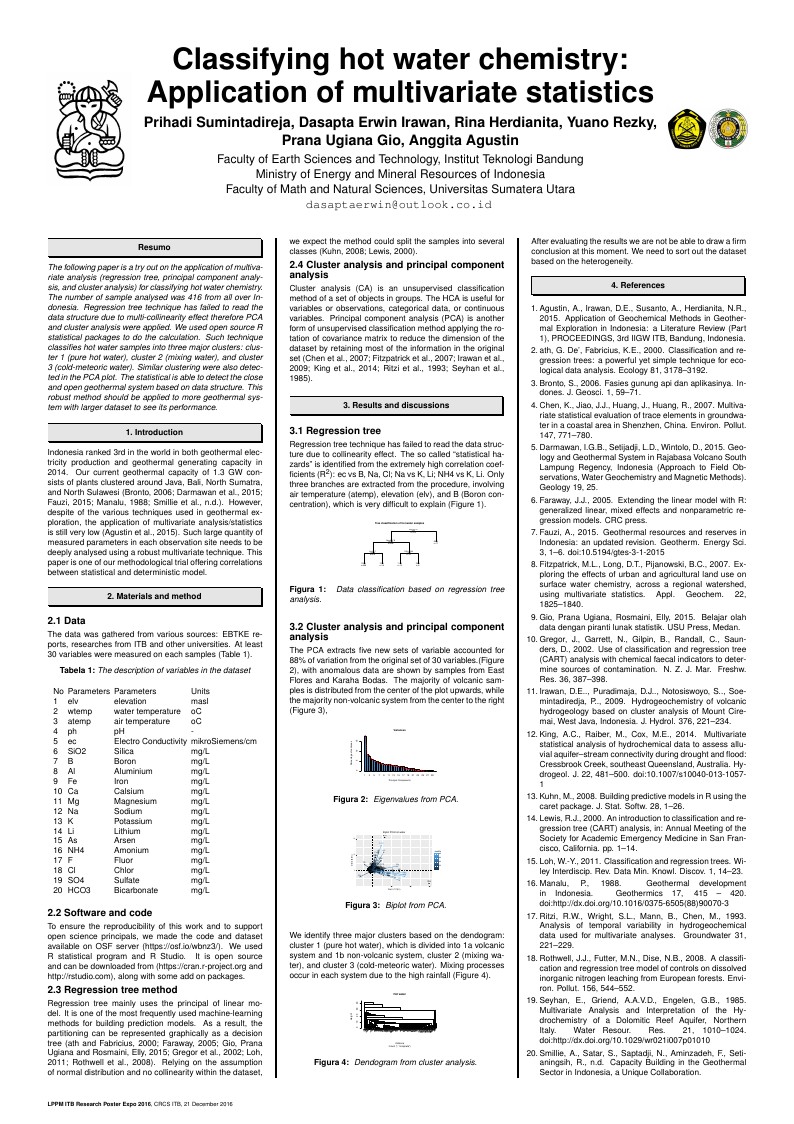
The following paper is a try out on the application of multivariate analysis (regression tree, principal component analysis, and cluster analysis) for classifying hot water chemistry. The number of sample analysed was 416 from all over Indonesia. Regression tree technique has failed to read the data structure due to multi-collinearity effect therefore PCA and cluster analysis were applied. We used open source R statistical packages to do the calculation. Such technique classifies hot water samples into three major clusters: cluster 1 (pure hot water), cluster 2 (mixing water), and cluster 3 (cold-meteoric water). Similar clustering were also detected in the PCA plot. The statistical is able to detect the close and open geothermal system based on data structure. This robust method should be applied to more geothermal system with larger dataset to see its performance.
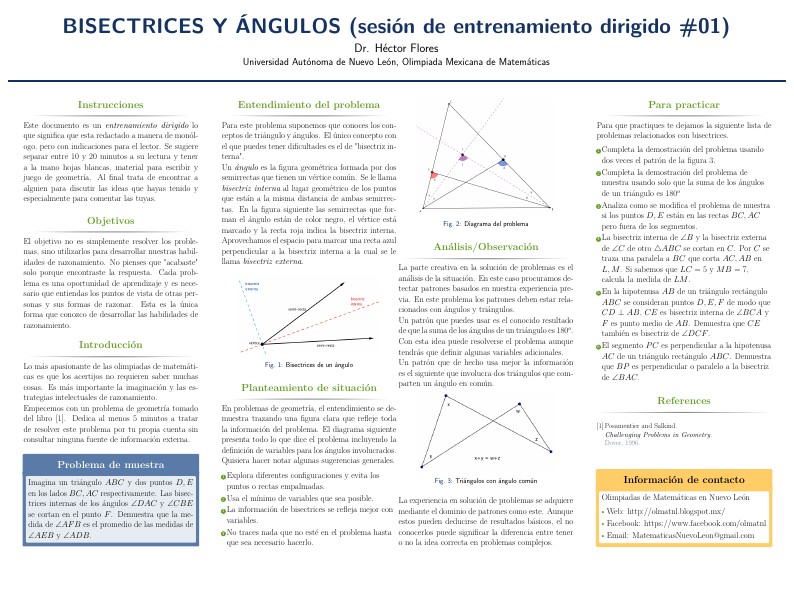
Created using the Jacobs Landscape Poster LaTeX Template Version 1.0 (29/03/13) Computational Physics and Biophysics Group, Jacobs University https://teamwork.jacobs-university.de:8443/confluence/display/CoPandBiG/LaTeX+Poster Further modified by: Nathaniel Johnston (nathaniel@njohnston.ca) This template has been downloaded from http://www.LaTeXTemplates.com License:
\begin
Discover why over 20 million people worldwide trust Overleaf with their work.